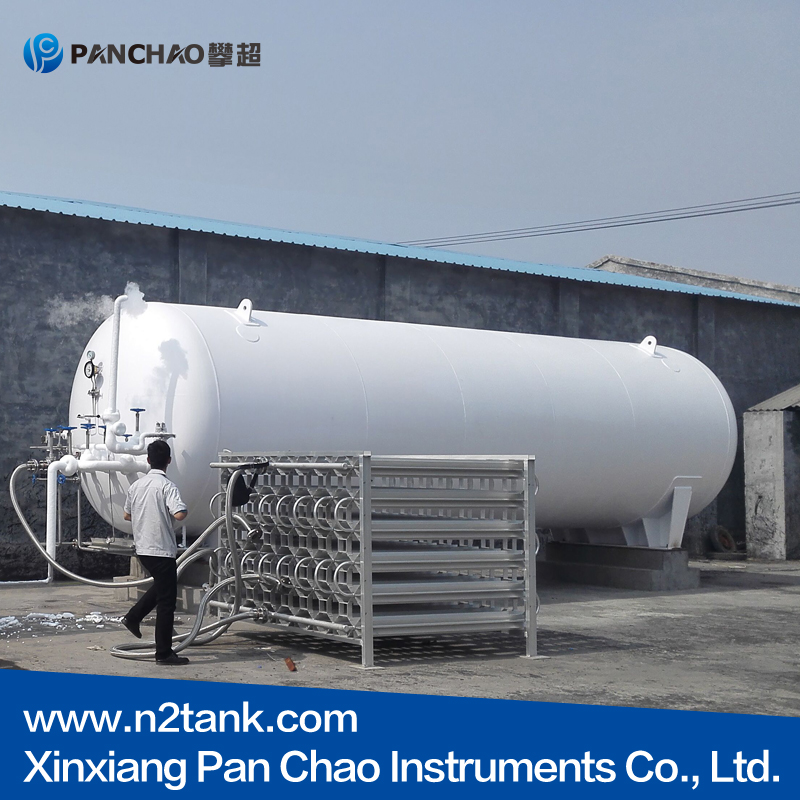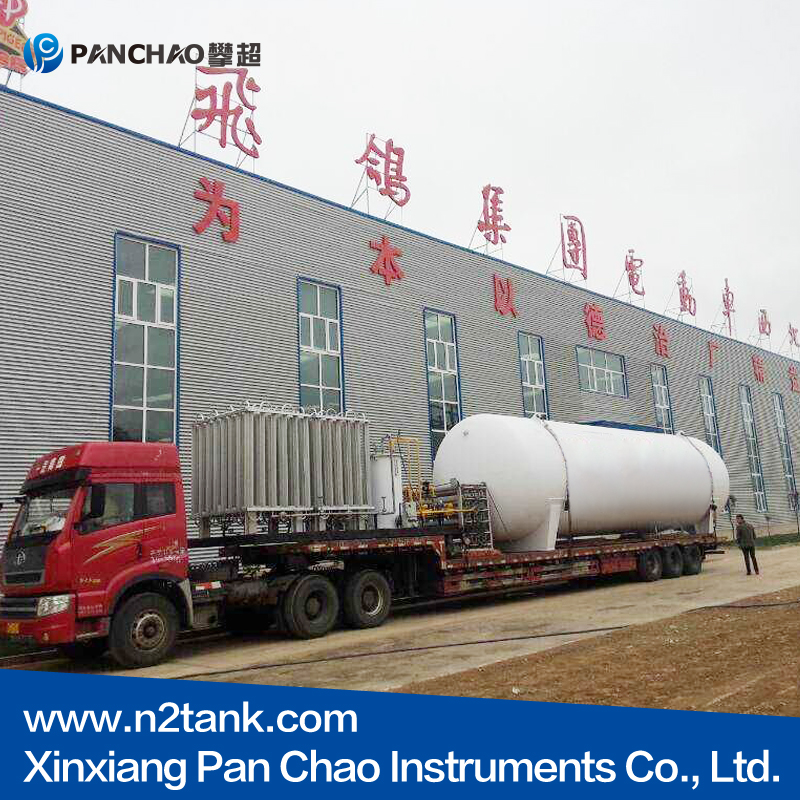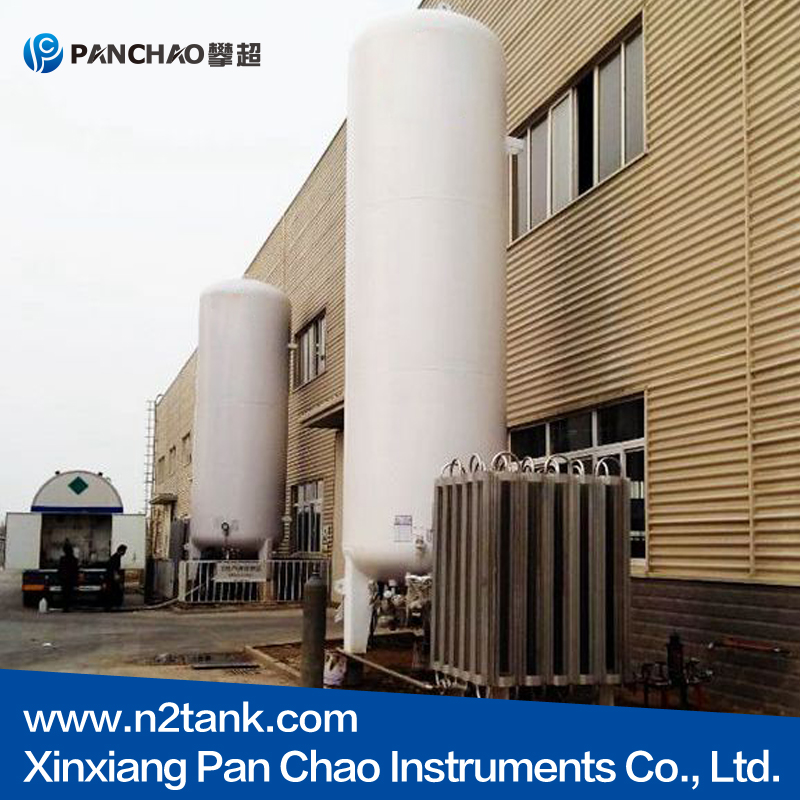Why Doesn’t a Liquid Nitrogen Tank Freeze? The Science Behind Vacuum Insulation
At first glance, it seems logical to assume that a liquid nitrogen (LN₂) tank—which stores substances at –196 °C—would quickly freeze on the outside. Yet, in reality, the surface of the tank remains dry and frost-free under normal conditions. The reason lies in one of the most effective thermal technologies ever developed: vacuum insulation.
A liquid nitrogen tank, also known as a Dewar vessel, consists of two walls—an inner and an outer shell—with a vacuum layer in between. This vacuum space contains almost no air molecules, which drastically reduces heat transfer through conduction and convection. Without a medium to carry heat, warmth from the surrounding environment struggles to reach the inner chamber where the LN₂ is stored.
Additionally, the inner surfaces of the tank are coated with highly reflective materials that minimize radiative heat transfer. Together, the vacuum and reflective layers create a powerful thermal barrier that keeps the liquid nitrogen cold inside while maintaining a stable, room-temperature exterior.
If this insulation were damaged or the vacuum lost, the tank’s surface would quickly become cold and frost would form as atmospheric moisture condensed and froze. Therefore, regular maintenance and vacuum performance checks are vital to preserving the tank’s insulation efficiency.
This advanced design not only prevents external freezing but also significantly reduces nitrogen evaporation, extending the static holding time of the tank.
In essence, a liquid nitrogen tank doesn’t freeze because it isolates extreme cold with a nearly perfect vacuum barrier—a remarkable example of how physics and engineering combine to safely contain one of the coldest substances on Earth.
Relevant Information
- How to Use a Liquid Nitrogen Level Gauge: A Beginner’s Quick Guide
- How Liquid Nitrogen Tank Accessories Help Extend the Main Tank’s Service Life
- Why Do Some Liquid Nitrogen Tanks Last Only 5 Years While Others Last 10?
- Here’s the Right Way to Clean and Defrost for Liquid Nitrogen Tanks
- Why does the liquid nitrogen tank need to be vacuumed regularly? Maintain detai
- Structural analysis of liquid nitrogen tank: why is double-layer design crucial
- Structural analysis of liquid nitrogen tank: why is double-layer design crucial
- Why is there a mezzanine in the tank of liquid nitrogen tank?
- Why liquid nitrogen tank glands are plastic?
Latest Products
- 110m3 double wall cryogenic Liqu

Cryogenic Liquid Tanks are available in vertical or horizonta...[more]
- 2vertical stainless steel pressu

Cryogenic Liquid Tanks are available in vertical or horizonta...[more]
- 310 cubic meters cryogenic Liqui

Cryogenic Liquid Tanks are available in vertical or horizonta...[more]
- 4GB150 pressure vessels cryogeni

Cryogenic Liquid Tanks are available in vertical or horizonta...[more]
- 5New double Vertical cryogenic L

Cryogenic Liquid Tanks are available in vertical or horizonta...[more]
Rankings Of Similar Articles
- How to Use a Liquid Nitrogen Level Gauge: A Beginner’s Quic
- How Liquid Nitrogen Tank Accessories Help Extend the Main Tan
- Why Do Some Liquid Nitrogen Tanks Last Only 5 Years While Oth
- Here’s the Right Way to Clean and Defrost for Liquid Nitrog
- Why does the liquid nitrogen tank need to be vacuumed regular
- Structural analysis of liquid nitrogen tank: why is double-la
- Structural analysis of liquid nitrogen tank: why is double-la
- Why is there a mezzanine in the tank of liquid nitrogen tank?
- Why liquid nitrogen tank glands are plastic?
Latest Information
- Holiday Notice
- Storage Environment Requirements for Liquid Nitrogen Tanks: T
- Hot sale thawing cup
- Storage of liquid nitrogen tank
- Application of liquid nitrogen tank in heat treatment field
- Liquid nitrogen tank for nitrogen station
- What is the liquid nitrogen tank made of?
- What is the liquid nitrogen tank made of?
- How to safely use liquid nitrogen tanks?
- Hot selling YDZ liquid nitrogen tank


